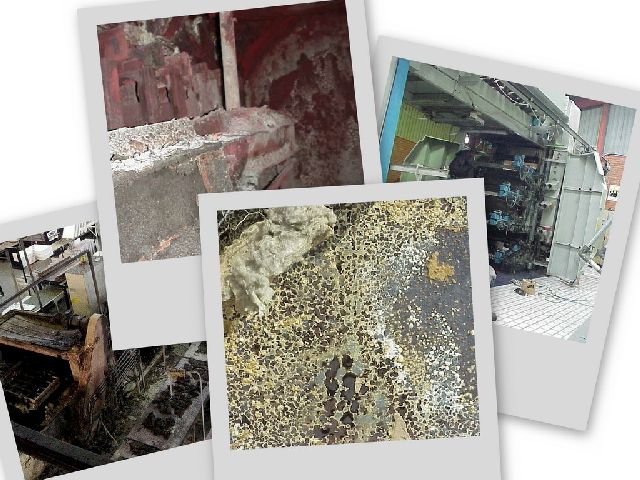|
Major fires sometimes occur in process
plants and cause significant losses. Unless a structured approach is used for
fire damage assessment, the tendency could be to overestimate the amount of
equipment to replace and possibly prolong unit downtime.
API RP 579, Recommended Practice
for Fitness-For-Service, provides guidance for conducting a fire damage
assessment. The most important aspect of the assessment is to identify the
temperatures or "Heat Exposure Zones” within the fire area. This is the most
critical activity of the assessment since all inspection plans and
fitness-for-service evaluations follow from this.

Remember that the Heat Exposure
Zone temperatures refer to the external temperature in the fire regions,
not necessarily the equipment or piping metal temperature. The metal
temperatures that the equipment and pipe actually reached determine the extent
of metallurgical damage and the need for replacement. By metallurgical
examination of affected areas we can determine the extent of the damaged and
whether or not the vessel/equipment has to be replaced.

Once the shock of a major process
plant fire has subsided, the pieces must be put back together. The structured
fire damage assessment approach contained in API RP 579, plus additional
practical application methods, can help minimize reconstruction costs and allow
safe resumption of unit operation as fast as possible. |

